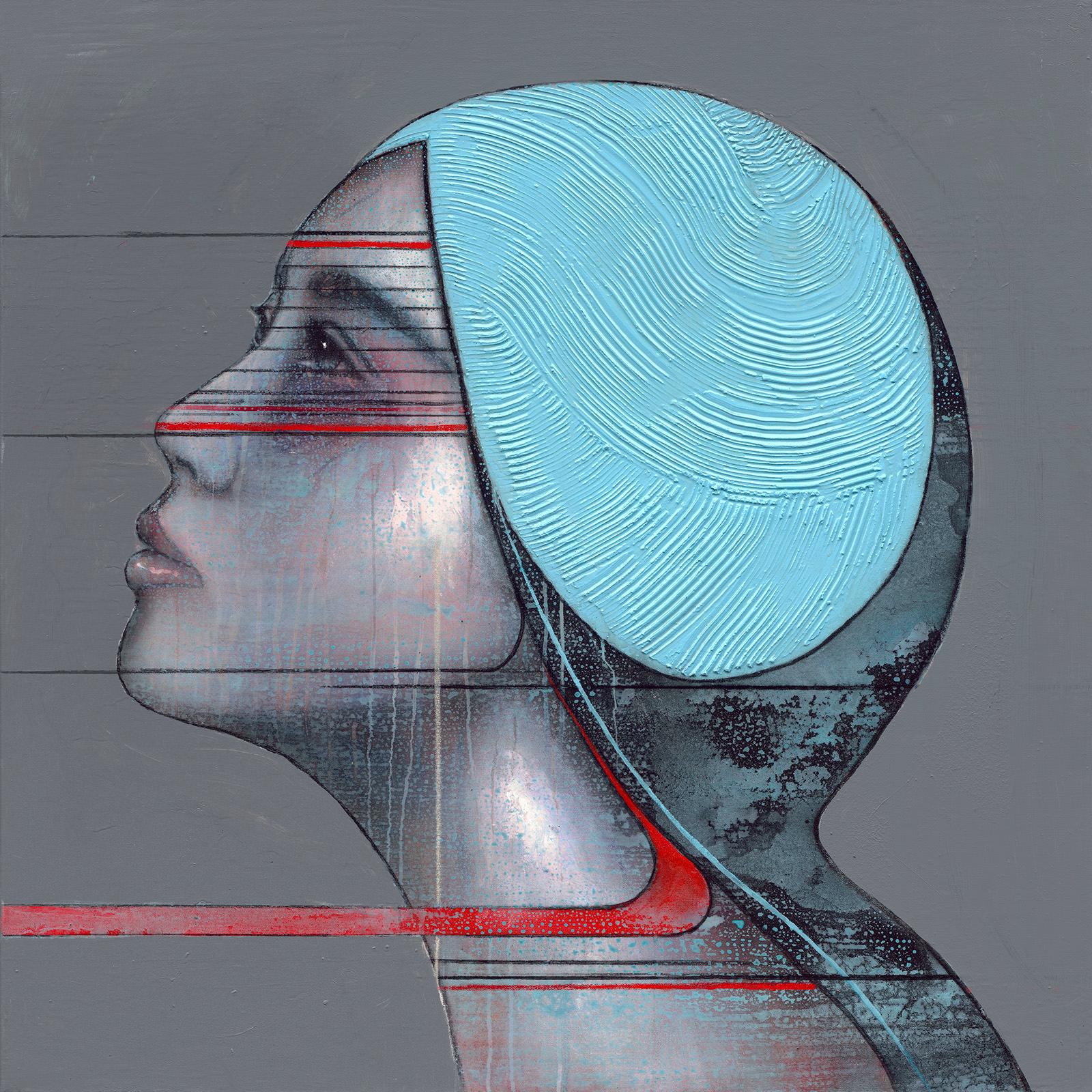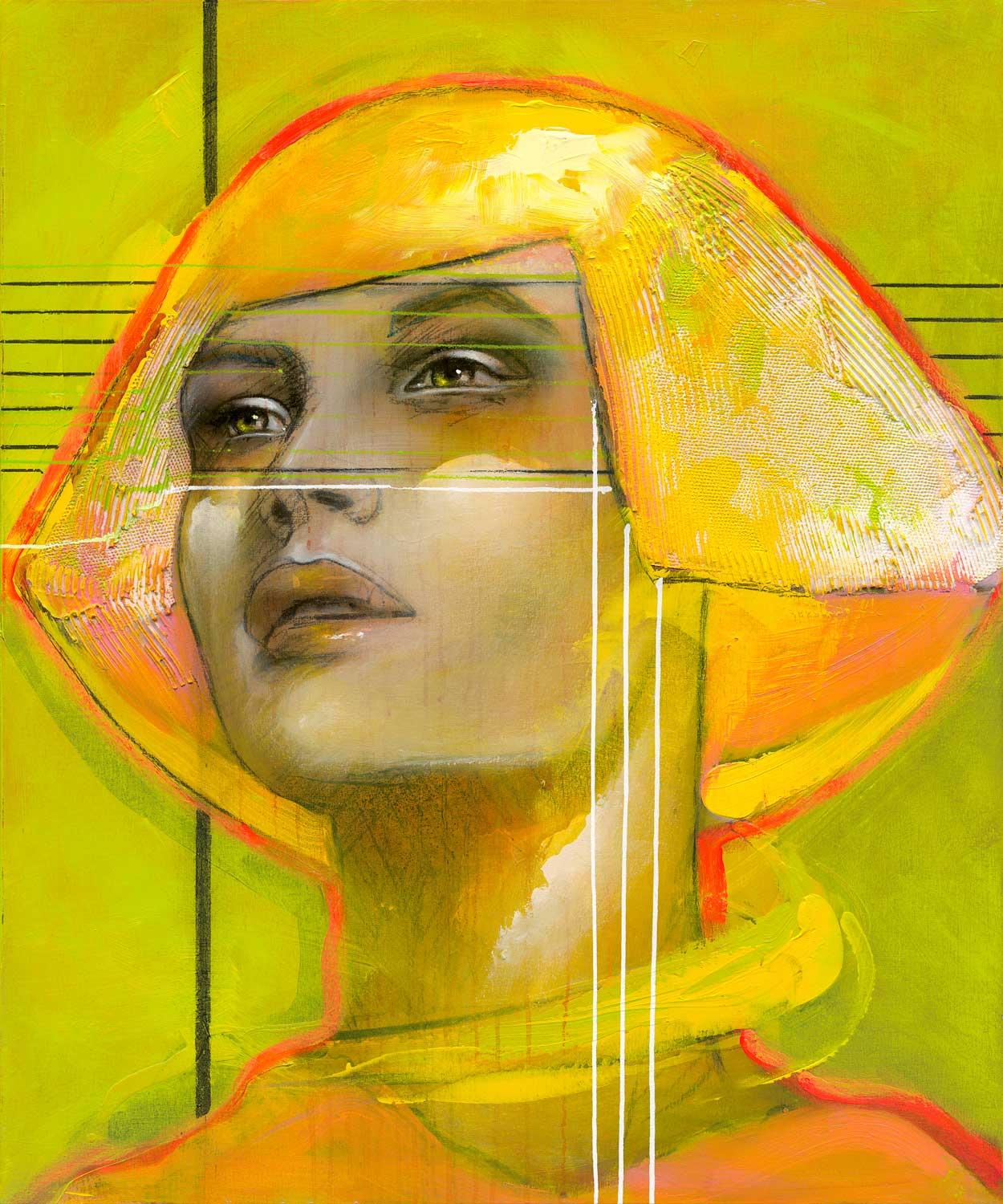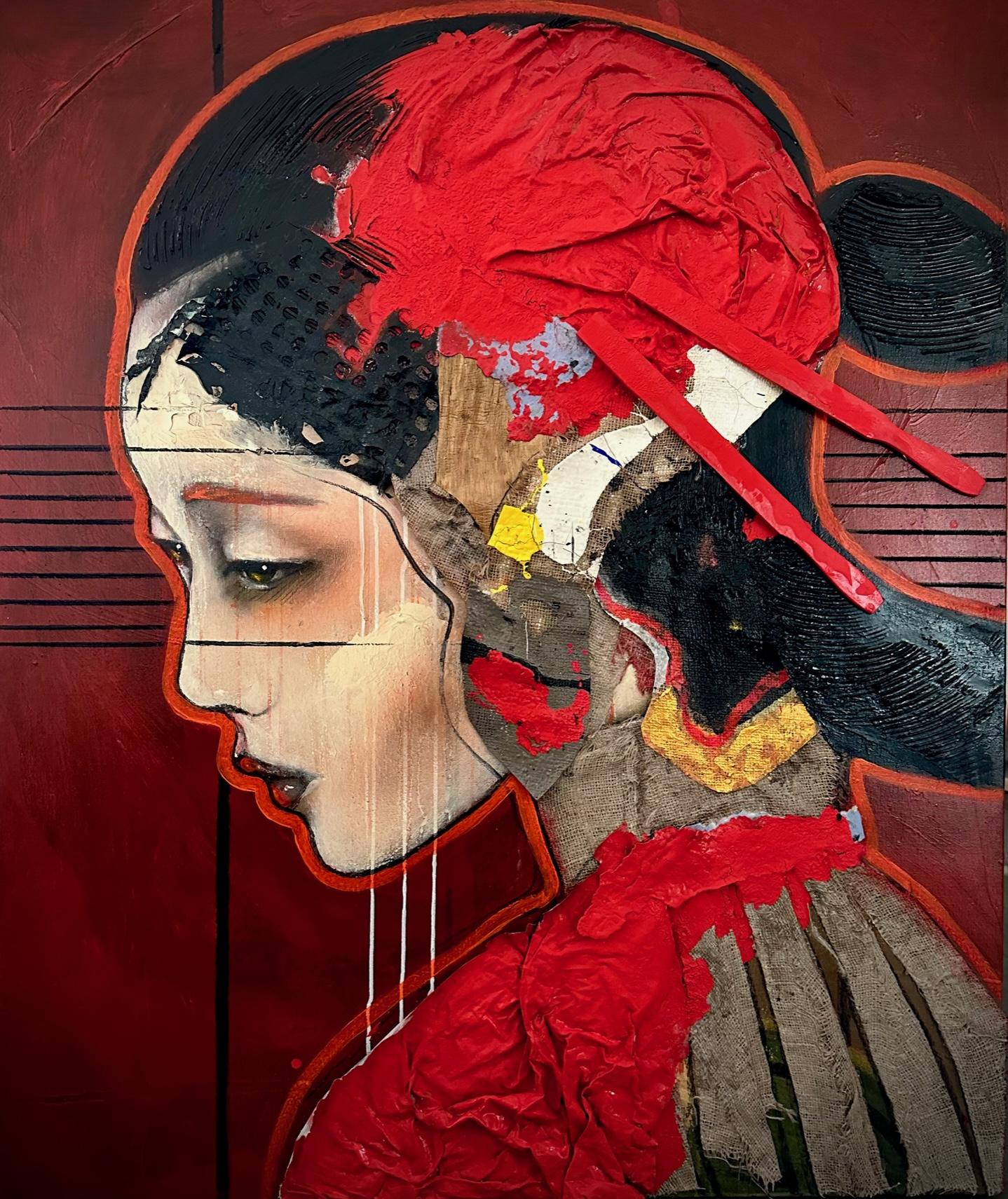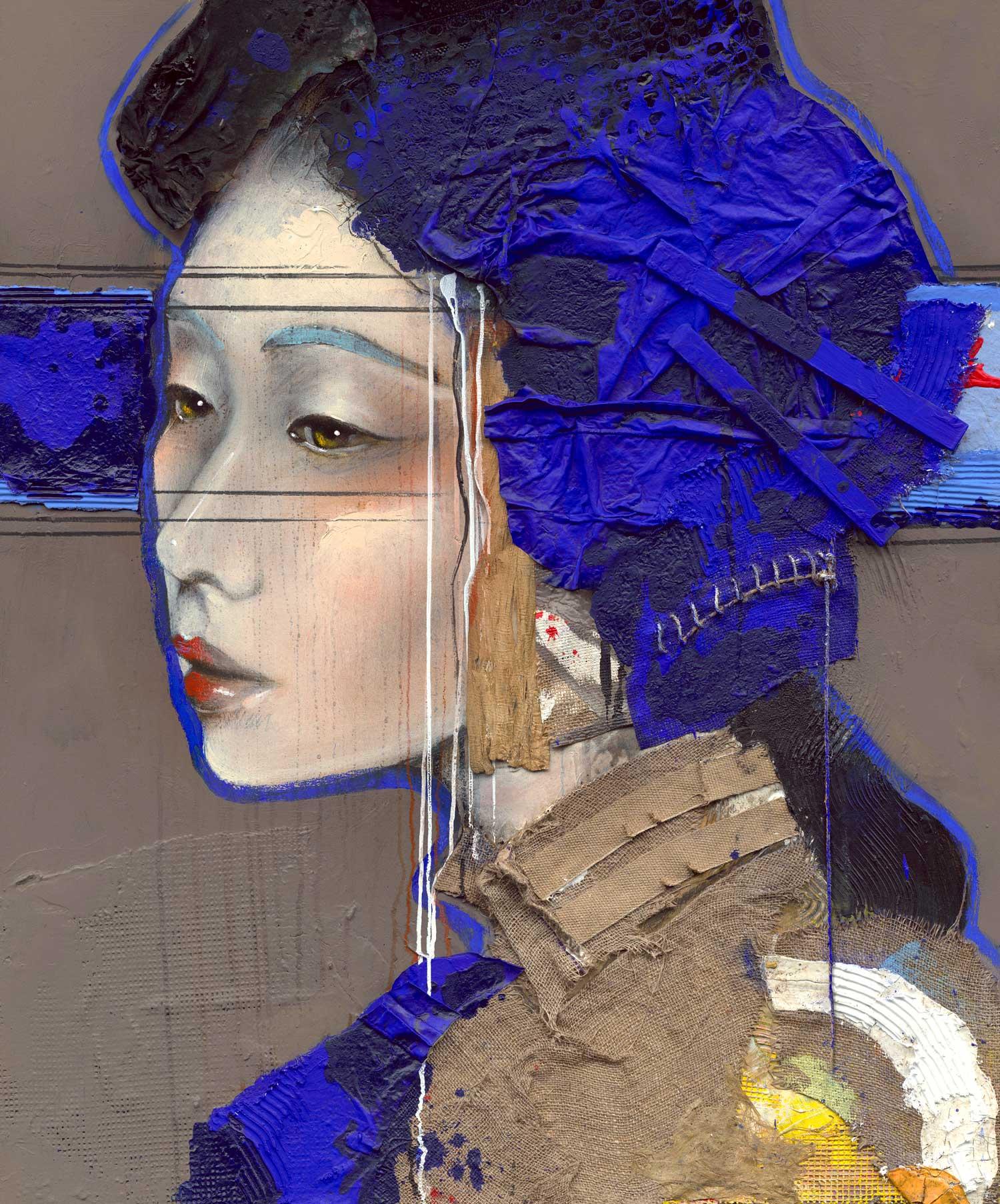Items Similar to Warren G. Harding
Want more images or videos?
Request additional images or videos from the seller
1 of 7
Josef Pierre NuyttensWarren G. Harding
About the Item
This pencil signed, limited edition drypoint etching of President Warren G. Harding is by Belgian artist Joesph Pierre Nuyttens (1885-1960). Versatile in various media, Nuyttens is especially known for his portrait dry point etchings and has been called the "official etcher of Presidents and Notables." A print of this image is in the collection of the Smithsonian's National Portrait Gallery.
- Creator:Josef Pierre Nuyttens (American, Belgian)
- Dimensions:Height: 21 in (53.34 cm)Width: 15.25 in (38.74 cm)Depth: 0.125 in (3.18 mm)
- Medium:
- Period:
- Framing:Framing Options Available
- Condition:
- Gallery Location:Mount Vernon, NY
- Reference Number:
About the Seller
4.1
Vetted Seller
These experienced sellers undergo a comprehensive evaluation by our team of in-house experts.
Established in 2020
1stDibs seller since 2020
161 sales on 1stDibs
Typical response time: 1 hour
- ShippingRetrieving quote...Ships From: Mount Vernon, NY
- Return PolicyA return for this item may be initiated within 14 days of delivery.
More From This SellerView All
- JoinedBy (after) Marie LaurencinLocated in Mount Vernon, NYHand-colored etching by French artist Marie Laurencin (1883-1956). Printed at Atelier Mourlot in the 1970s on fine rag paper. Although she was formed relationships with notable artis...Category
Mid-20th Century Portrait Prints
MaterialsEtching
- Untitled PortraitBy Josef Pierre NuyttensLocated in Mount Vernon, NYSigned drypoint etching by Belgian artist Joseph Pierre Nuyttens (1885-1960). Versatile in various media, he is especially known for his portrait dry point etchings and has been call...Category
Mid-20th Century Figurative Prints
MaterialsEtching
- AjaxBy (after) Georges BraqueLocated in Mount Vernon, NYOriginal etching depicting "Ajax", a mythical Greek hero of the Trojan War. Plate drawn by noted French artist Georges Braque, a major 20th century figure in the Fauvist and Cubist m...Category
20th Century Figurative Prints
MaterialsEtching
- NarcissusBy (after) Salvador DaliLocated in Mount Vernon, NYEtching by Spanish artist Salvador Dalí (1904-1989), one of the most controversial artists of the 20th century. Brilliant, innovative, gra...Category
1980s Portrait Prints
MaterialsEtching
- Deux Fatraises (Spinning Man)By (after) Salvador DaliLocated in Mount Vernon, NYAt first sight, this small and delicate etching by Salvador Dalí, seems like an abstract composition defined by a multitude of thin dark lines created in a repetitive movement remini...Category
1980s Portrait Prints
MaterialsEtching
- Eros and EurybiaBy (after) Georges BraqueLocated in Mount Vernon, NYVintage etching titled "Eros and Eurybia" by Georges Braque. Based on his 1930's sketchbook drawings of Greek vases and engraved gems at the Louvre, Braqu...Category
20th Century Figurative Prints
MaterialsEtching
You May Also Like
- "Two Women" Pair EtchingsBy Marie LaurencinLocated in Rio Vista, CAElegant pair of etchings by Marie Laurencin (French 1883-1956) from the "Poemes de Sapho" published in 1950 ref. 273. Each beautifully mounted in fram...Category
20th Century Modern Portrait Prints
MaterialsEtching
- General Wilhelm von Blume - Visionary retrospective -Located in Berlin, DEBernhard Pankok (1872 Münster - 1943 Baierbrunn), General Wilhelm von Blume, 1915, aquatint etching, 34 x 29.5 cm (sheet size), 26 x 22 cm (plate size), signed in the plate at upper left, in pencil at lower right and dated in pencil at lower left. - At lower left old collection stamp, at the right broad margin with a small spot, otherwise very good condition. About the artwork The 1915 aquatint etching of General Wilhelm von Blume is based on a 1912 oil painting in the LWL-Museum für Kunst und Kultur in Münster. A second oil portrait of the general by Pankok is in the Staatsgalerie Stuttgart. When Pankok painted the first oil portrait in 1912, the general had already been retired for 16 years. It is therefore a retrospective portrait. Accordingly, the orientation of his head is such that he is looking back in both the oil painting and the etching. Without fixing on anything in particular, he looks thoughtfully inwards and reflects on his life. Uniformed and highly endowed, it is his military activities in particular that he is reviewing attentively and, as his gaze reveals, quite critically. Pankok has literally written the sum of his experiences on Wilhelm von Blume's face: The physiognomy is a veritable landscape of folds, furrows, ridges and gullies, all the more striking against the flat background. It is clear that each of the medals was also won through suffering. However, by breaking the boundaries of the picture, his bust appears as an unshakable massif, which gives the general a stoic quality. The fact that the design of the portrait was important to Pankok can be seen from the different versions, the present sheet being the third and probably final revision, which Pankok dates precisely to 18 February 1915. Compared with the previous state, the light background now has a dark area against which the sitter's face stands out, the dark background in turn combining with the uniform to create a new tension in the picture. Pankok's taking up of the portrait of the high-ranking military veteran and its graphic reproduction can also be seen in relation to the First World War, which had broken out in the meantime. In the face of modern weapons of mass destruction, Wilhelm von Blume's warfare and military writings were relics of a bygone, more value-oriented era. About the artist After studying at the Düsseldorf Art Academy from 1889 to 1891 under Heinrich Lauenstein, Adolf Schill, Hugo Crola, and Peter Janssen the Elder, Bernhard Pankok went to Munich in 1892, where he worked primarily as a graphic artist for the two major Jugendstil magazines "Pan" and "Jugend," which established his artistic success. Through this work he met Emil Orlik, with whom he had a lifelong friendship. In 1897, he exhibited his first furniture, and in 1898, together with Richard Riemerschmid, Bruno Paul and Hermann Obrist...Category
1910s Realist Portrait Prints
MaterialsEtching
- Half-length portrait of a man with beard - A Rembrandt of the 18th century -Located in Berlin, DEJohann Friedrich Bause (1738 Halle a. d. Saale - 1814 Weimar). Half-length portrait of a man with beard and cap after a drawing by Christian Wilhelm Ernst Dietrich. Etching and coppe...Category
1780s Baroque Figurative Prints
MaterialsEtching
- Balaclava - The target in sight -Located in Berlin, DEHeinrich Haberl (1869 Passau to 1934 Munich), Sturmhaube, c. 1900. drypoint, 14 x 10 cm (platemark), 28 x 21 cm (sheet size), 39 x 29 cm (passe-partout), titled "Sturmhaube" in lead at lower left and inscribed "Kaltnadelradierung", signed and locally inscribed "Heinrich Haberl Mchn. [Munich]" at lower right, inscribed again in lead on verso and with old collection stamp. - slightly darkened, fixed and mounted - The target in sight - About the artwork The theatrical "role-portrait" is to be seen against the background of the Rembrandt cult, which reached its climax at the end of the 19th century. The soldier seems to have stepped straight out of Rembrandt's Night Watch (1642) to fix something outside the picture with an alert and ready gaze. The steeply rising brim of the morion frames the gaze and thus perspectivises it as the actual 'pictorial action'. The gaze represents both the vigilant defence and the visionary goal of the battle. Not only the subject, but also the style of the etching needle reflect Rembrandt's understanding of the times. Strong contrasts of light and dark are created in a virtuoso free stroke, without losing the effect of the reflections on the helmet and in the eyes. This shows a kinship with the early prints of Lovis Corinth, who also saw himself as an artist in the role of the knight. Against this background, Haberl's picture can also be seen as a representation of his artistic self-image. About the artist Heinrich Haberl first attended the art school in Nuremberg and from 1892 studied at the Munich Academy. There he was a master student of Johann Leonhard von Raab, Rudolf von Seitz, Franz von Defregger...Category
Early 19th Century Realist Figurative Prints
MaterialsEtching
- Portrait HeadBy Lucian FreudLocated in New York, NYLucian Freud Portrait Head 2001 Etching on Somerset Textured White paper 28 1/2 x 22 1/2 inches; 72 x 57 cm Edition of 46 Initialed and numbered in graphite (lower recto) Frame available upon request Published by Matthew Marks Gallery...Category
Early 2000s Contemporary Portrait Prints
MaterialsEtching
- After ChardinBy Lucian FreudLocated in New York, NYLucian Freud After Chardin 2000 Etching on White Somerset Textured Paper 30 3/4 x 37 3/4 inches; 78 x 96 cm Edition of 46 Initialed and numbered in graphite (lower recto) Frame available upon request Published by Matthew Marks Gallery...Category
Early 2000s Contemporary Portrait Prints
MaterialsEtching
Recently Viewed
View AllMore Ways To Browse
Harding Sign
Warren Harding
Vintage Concert Posters Art Posters
New York City Vintage Poster
Church Bell Used
Smiling Flower Artist
Swiss Graphic Design Poster
Welcome Visitor
Retro Framed American Flag
J W Thomas
Miro Art Exhibition Poster
Vintage French Opera Glasses
Mexican Yellow Prints
Crucible Used For
Reclining Nude Woman
Sixties Flowers
50s Vintage Poster
50s Vintage Posters





